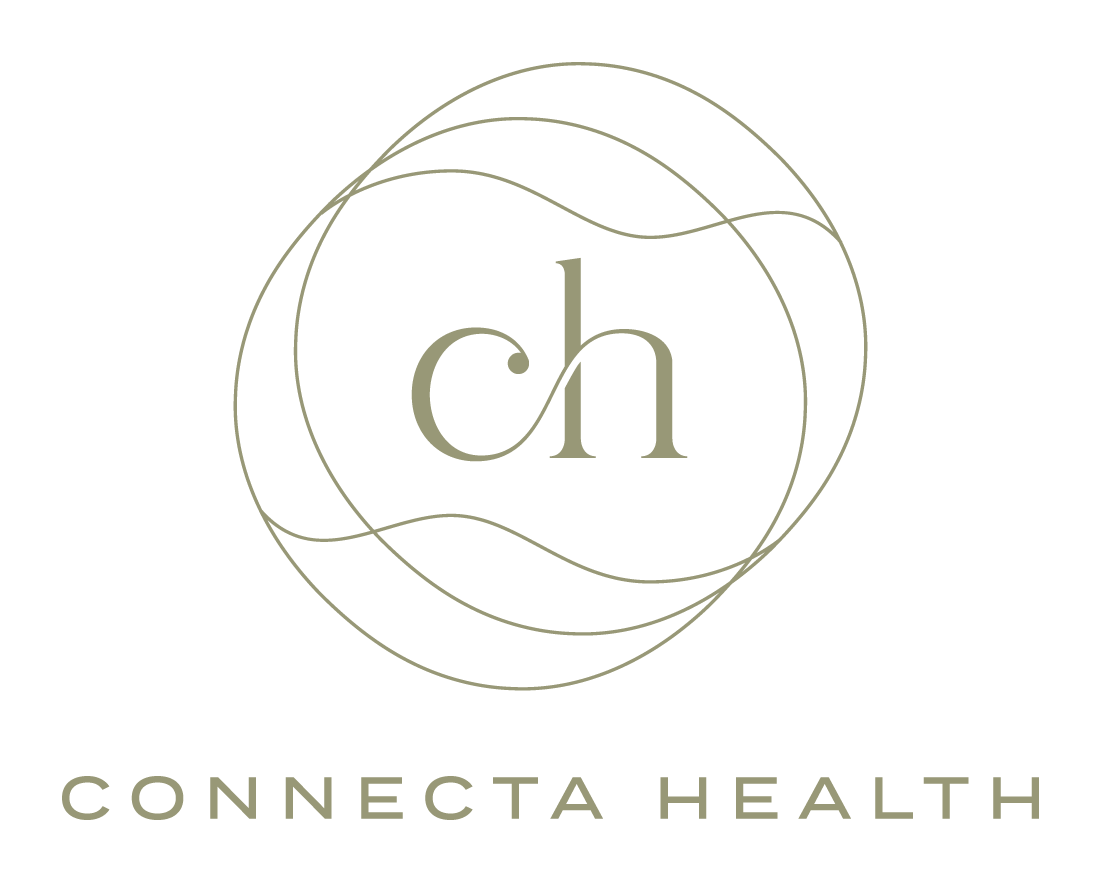What the heck is Organ Massage?
Renee Simons, RMT
Organ massage, otherwise known as Visceral Manipulation isn't a new fad. It was popularized in the 80s by French osteopath Jean Pierre Barral. He went on to create the Barral Institute which has become a leader in training and education in Visceral Manipulation and other manual therapy techniques.
Most of the time when people hear the word massage soft music, scented oils and relaxation comes to mind. Sometimes, we think of more therapeutic applications such as in sports injuries, headaches or low back pain. Rarely do we associate massage therapy with our organs.
I was first introduced to Visceral Manipulation as a student in massage school. It was a moment of “Whaaaaaaat?! We can treat organs? And it helps people?”. I was hooked from there on in. I have dedicated the bulk of my post graduate training towards learning more about our internal anatomy and how to gently work with these structures to assist people is living their optimal life.
The Barral Institute defines visceral manipulation as:
1: A gentle manual therapy that assesses the structural relationships between the viscera (organs), and their fascial or ligamentous attachments to the various systems in the body.
2: Assists functional and structural imbalances throughout the body including musculoskeletal, vascular, nervous, urogenital, respiratory, digestive, eliminatory, neuroendocrine and lymphatic dysfunction.
What does all that mean? Visceral manipulation consists of gentle abdominal massage often performed by massage therapists, osteopaths, allopathic physicians, and other manual practitioners. The therapist gently compresses the abdomen to palpate and assess the underlying structures and any scar tissue. Using their hand to move soft tissues and evaluate the location, tenderness, tone, mobility (how well does it move with its neighbouring tissues) and motility (the specific inherent movement pattern of an organ, or pattern it followed during embryological development).
Our organs are connected to our skin and musculoskeletal system via nerves, blood vessels, and connective tissue. This means when we have restrictions or faulty "connections" like in the case of scar tissue, poor postures, or faulty biomechanics we can experience symptoms of pain or dysfunction in the body. Viscera or organs can tell our brain about pressure (being compressed or squished) or stretch (being pulled or tensioned). These internal structures have common referral patterns, meaning we perceive sensations or pain in certain areas. For example, the liver often refers pain to the right shoulder region and the colon to the low back and/or left hip region.
Why the heck would I need my organs massaged? Our internal organs are attached to our spine, ribcage and our pelvis by strong ligaments and sheets of connective tissue. These attachments can restrict our body's mobility, sometimes in faraway areas. Scar tissue like c-sections or abdominal surgeries also create tension in the surrounding tissues and can be painful, or lack sensation. Visceral manipulation can also help to relieve symptoms of constipation, a variety of digestive conditions, painful menstruation, incontinence or "sneeze pee", women's health issues and many more.
What I find most interesting is the emotional aspects of visceral work. Our organs connect to our “Emotional Nervous System”. This is comprised of our Limbic System and our Autonomic Nervous System. I could spend another blog article worth discussion these components, but here are the basics as they relate to our organs.
The limbic system is made up of various areas of the brain that all play vital roles in emotion regulation and the formation of memories. Our Autonomic Nervous System can be divided into our Parasympathetic, Sympathetic and our Enteric Nervous Systems. These divisions are responsible for the many functions that happen every second in our bodies without requiring our conscious thought. You have probably heard the terms Rest & Digest (parasympathetic function), Fight, Flight or Freeze (sympathetic function) and finally our second brain, our gut! (enteric function).
In Eastern Medicine, every organ system has a dominant emotion associated with it. This belief is also considered in visceral manipulation. When emotions arise, our bodies respond, as do our organs. When we are nervous or excited we get butterflies in our stomachs, we have chills or a knot inside when we are afraid, our hearts race or feel broken, we hold our breath, our stomachs churn, we sweat..just to name a few!
Oftentimes I see patients who have no idea what caused their back or neck to go out, and at the worst possible time; right before a big meeting, going on a trip or around a large life event. If we explore the circumstances we can pinpoint stressors that are in play. We hold stress in our body and our tissues react protectively. Our organs and physical body are a window into our mental/emotional state.
Here are some common examples:
The Liver:
- Bad moods, anger, depression, dependency on the past, pessimism
The Stomach:
- Importance of appearance and self image, social status very important, sees power in extroversion, poor self esteem, frustration, spontaneous anger
The intestines:
-insecurity, melodramatic, overly chatty, hypochondria
The Bladder:
-Controlling, guilt, avoid tension, hard time making decisions
The Kidneys:
-Fear, feeling of being abandoned, insecurity, deep seated anger, a need to lead, generosity
Curious about what visceral work can do for you? Give us a call or book an appointment today.
Hall, H. (2012, January 17) Visceral manipulation embraced by the APTA. Retrieved Jan 12, 2017
Barral, J.P, Mercier, P. (2005) Visceral Manipulation (p.10). Eastland Press.

